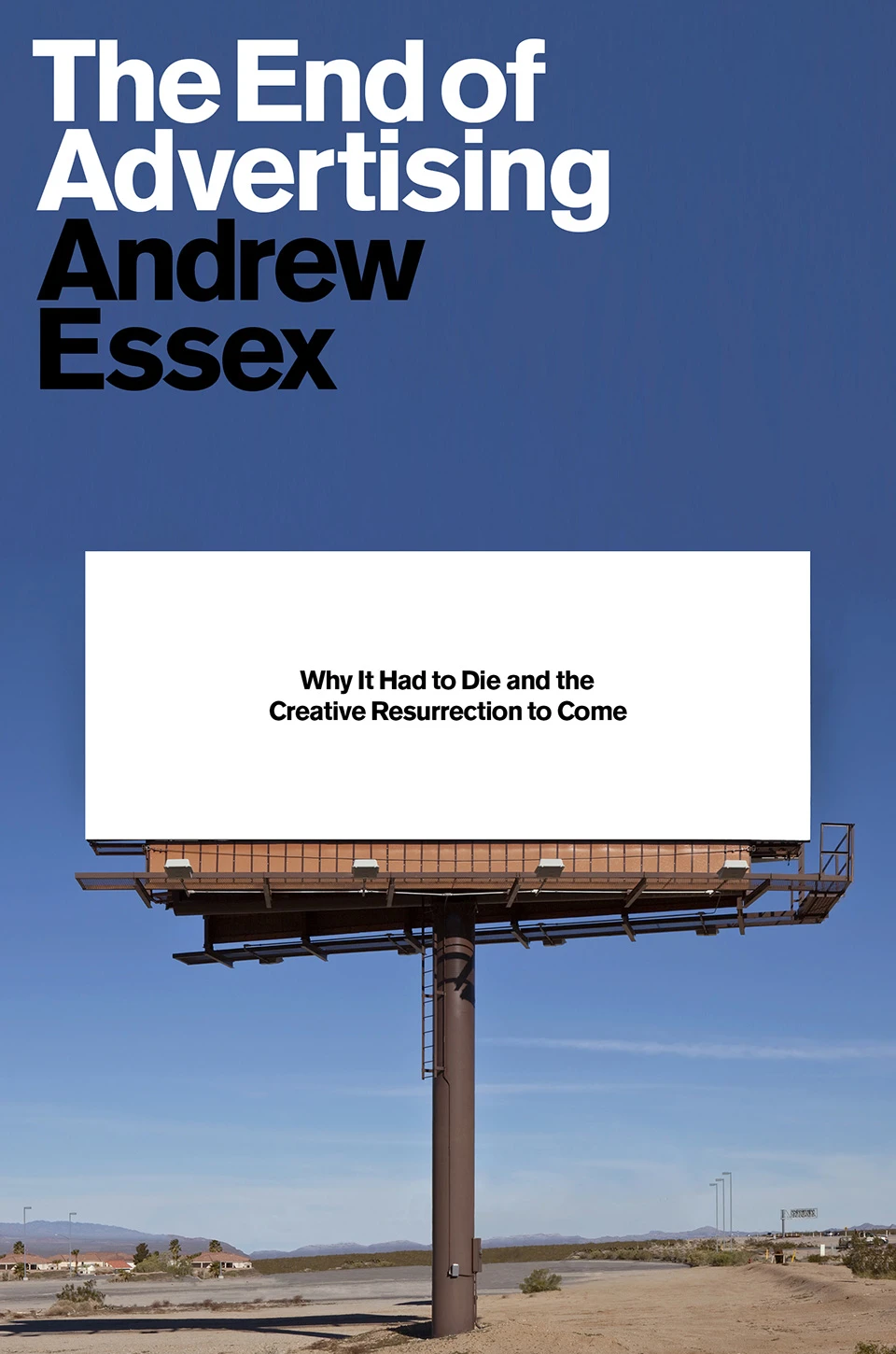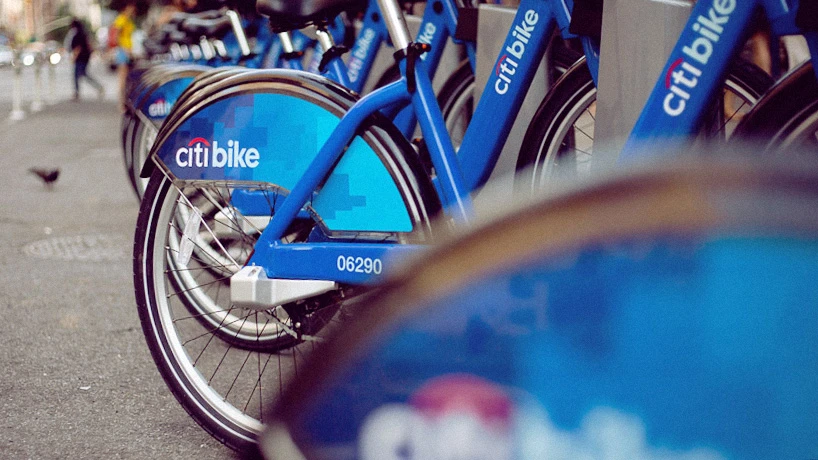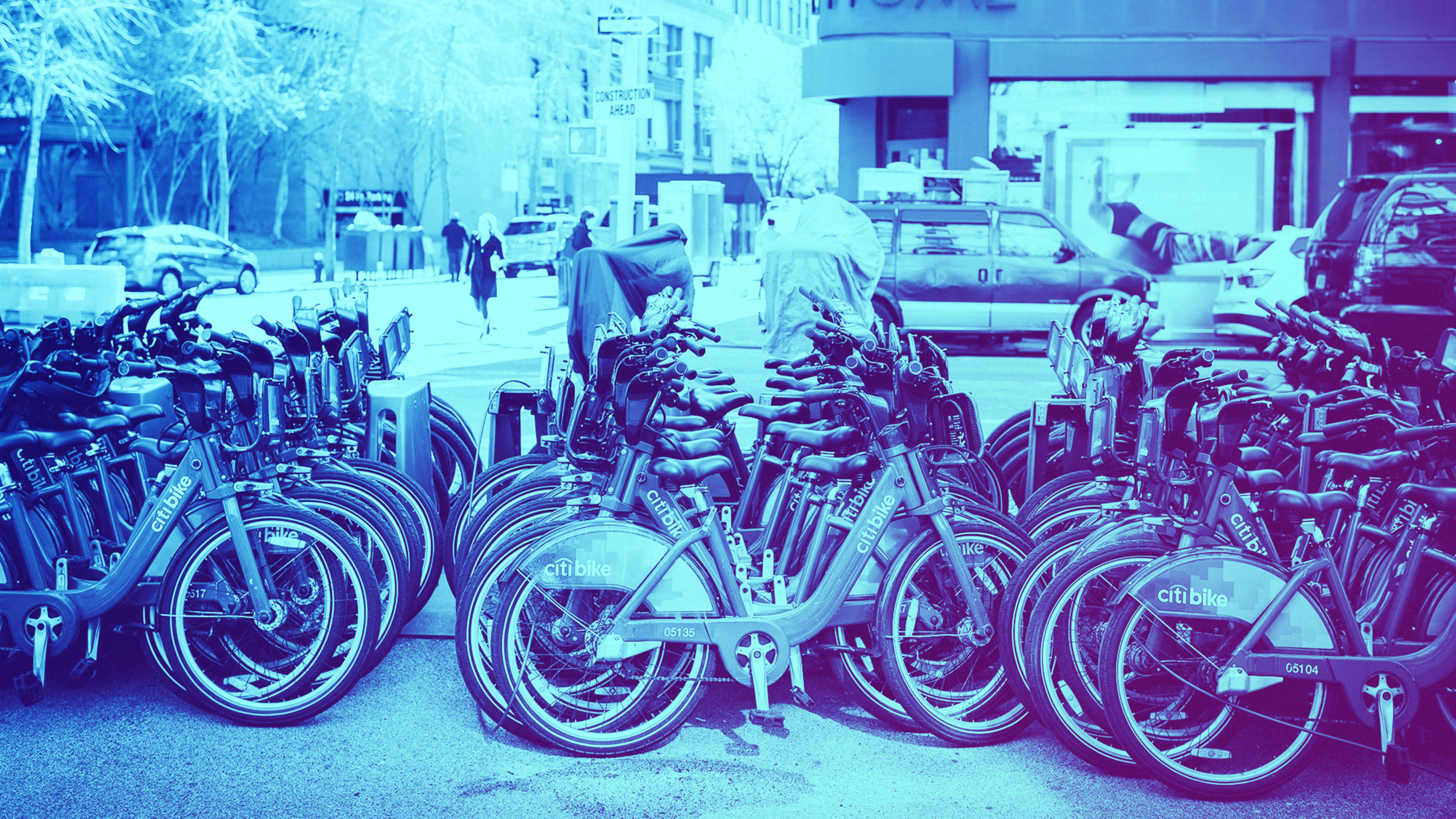On a humid August afternoon in 2011, a small group of government executives gathered around the desk of Mayor Michael Bloomberg to seek his approval for New York’s first bike-share program.
Former Department of Transportation Secretary Janette Sadik-Khan helped lead the pitch. According to Sadik-Khan, Bloomberg wasn’t exactly an easy sell, but the Mayor’s mood brightened when he heard the program would be privately operated at zero cost to taxpayers. All the City Hall team had to do was secure a sponsor that could make an eight-figure investment, and one that shared the city’s pedigree. “You don’t want a grocery store logo up there,” Sadik-Khan told me. “This is New York. We needed a brand that matched ours.” Nike and Apple were approached, but to no avail.

Edward Skyler is Citibank’s EVP of Global Public Affairs. Before his current role, he served as deputy mayor in the Bloomberg administration. Shortly after Skyler arrived at Citibank, Sadik-Khan reached out regarding the bike-share program. Skyler made it clear he was willing to entertain the idea, but he would have to be convinced. Fortunately, there was already a similar program in London, sponsored by Barclays, which provided key learnings. Moreover, there was undeniable serendipity in the name Citi Bike. After all, it was just two letters away from Citibank. Six thousand bike frames could be a lovely canvas for the company’s Pantone 286C blue.
Though Citibank was still recovering from a public drubbing for its role in the financial crisis, it had a fairly long and mostly impressive track record of public-private partnerships. Over its two-century history, the bank had financed the Marshall Plan, the Panama Canal, the transatlantic cable, and the space shuttle. Though an untested bike program presented obvious risks, the huge branding opportunity was the clear reward: 2012 was the company’s two hundredth anniversary. The entire organization was searching for ways to make a positive statement. Citi Bike could be the big swing the company need to rehabilitate its tarnished mark.
Skyler was enthusiastic, but he knew he would need support from other senior execs. “I didn’t think it would be appropriate for me to do what seemed liked imposing it or ramming it down people’s throats.”
The point became moot when his colleagues in marketing got excited, and Citi Bike began to be understood as a very different animal, namely as advertising, only in a less familiar form.
Michelle Peluso is the recently appointed CMO of IBM. Before that, she served as global chief marketing officer at Citibank, where she oversaw the company’s ad budget.
“Ed called my team and basically said, ‘I’m handing this off to you,'” Peluso explained. “‘I’m not the marketing person here. I have no idea if this makes any sense.'”
As a marketer, Peluso had been searching for way “to make Citi real and authentic again.” Banks typically produce some of the less compelling advertising on the planet, an increasingly precarious approach in a world of unprecedented clutter. Peluso was searching for another way, a search complicated by the fact that her industry was loathed on a massive scale. She knew this wasn’t the time to simply run old-school commercials during NFL games. She was also strongly against a proposed idea to bring a full-blown Grand Prix race to New York. That just didn’t feel right.
“I felt like we needed to be doing something really good for real people,” she told me. “So when Citi Bike first came over the wire, it felt like, yeah, this is what we’re talking about.”
Peluso drafted an internal memo to Citibank’s head of consumer finance. The subject: bicycles and why Citibank should stand behind them. Budgets were tight that year, but she was prepared to be convincing. “Our stock had gone from ninety dollars to ninety-nine cents. Understandably, people did not want to take risks. There was always talk that people were going to get killed, that it would be on the front page. Some people decided it was lowbrow. After all, we were an aspirational brand and biking is, you know, not.”
Part of Peluso’s strategy was to use Citi Bike to reexamine the qualitative standards of Citibank’s advertising, and how the bank could do better through better communications, for the city and for its own employees.
“It just felt like were doing a bunch of traditional marketing, but we weren’t really changing the game,” she said. In an interesting pivot, the company began to simply look at Citi Bike as a new, more innovative form of its existing out-of-home advertising—an alternative, ironically enough, to the passive ads one sees on the subway and other static billboards or via stadium sponsorships.

Of course, this was a bank, and no decision, especially the idea of embracing New York’s first bike-share, could be made purely on instinct. Fortunately, initial research indicated positive associations with the concept. So from late 2011 to early 2012, the Citibank team began to investigate whether this was truly something that the company was willing to do, and how it might get comfortable doing it.
Vanessa Colella had taken a circuitous route to the role of Citibank’s head of North American marketing. A West Coast native, she’d been a teacher for many years before deciding to get a Ph.D. at MIT and joining McKinsey as a consultant. She’d spent years at Yahoo before coming over to Citibank in 2010. When Citi Bike was first proposed, she was commuting from San Francisco to New York, spending a great deal of time in airports and traffic jams. She had a lot of sympathy for new forms of public transportation.
“There was a lot of healthy skepticism,” Colella told me. Questions abounded: What if the bikes didn’t work? What about helmets, for instance? Was this really something that would wind up being a positive thing for the city?
Like all good marketers, Colella was driven by a genuine sense of purpose. “We couldn’t just put out messaging to solve our problems; we needed to deliver a service to the community that we thought could make a difference. We had to show, not tell.”
Citibank also had to find a way to quantitatively measure the massive risk it was about to manage. That meant calculating the return on investment, which at this point had been tagged at a tidy $41 million over five years. As one might imagine, a great deal of cost-benefit analysis took place. “It’s hard to get a mental model of what six thousand bikes look like,” Colella told me. “Would this really create enough density to be noticed in this city? We needed to know.”
To do this, Citibank began to see the bikes and the kiosks they required as white space. They’d be creating a new channel rather than reflexively defaulting to an old channel so bloated with ads that it was effectively invisible. Instead of putting their messages in places where people have been habituated to ignore them, Citi became the Jackson Pollock of their industry, painting in a new way that had never before been seen in New York.
“There is a lot of slapping one’s logo on things,” Skyler said. “People don’t necessarily associate you with the product. Here, we were the product.”
Unfortunately, much of the press didn’t see it that way, at least at first. And software glitches, controversy, and Hurricane Sandy-inflicted delays didn’t help. As launch day approached, the New York Post filed daily attacks on Citi Bike, pillorying the program as a death trap. Perhaps most cruelly, it went so far as to suggest that bikes seemed vaguely… French.

“There just aren’t many things we do in this crowded field of marketing that people want to talk about,” Colella said. “Not only did we get brand uplift in New York,” Skyler adds, “we got it globally. Municipalities all over the world studied it.”
Was the mission accomplished? The lift in brand health, the very needle Citibank was trying to move, is certainly compelling: From its launch in 2013 to the fall of 2015, favorable impressions of Citibank rose some 28 points to 72 percent, according to Citibank’s internal data. Meanwhile, the number of people who would consider acquiring a Citibank product has gone up 43 points. Perhaps most remarkably, the program has a nearly flawless safety record. “People thought would be blood on the streets,” said Sadik-Khan. “Today, we have more than forty-four million miles ridden and zero fatalities.”*
Those success metrics may be impressive, but as a former advertising executive — one who had no role in the program — I now believe that Citi Bike has gone on to become perhaps the greatest advertising campaign of all time. Rather than squandering that eight-figure investment on increasingly ineffective traditional marketing, Citi built something additive that also reduces our carbon footprint. When a corporate behemoth expands its communication strategy from traditional ads (which in all fairness, Citibank sadly still makes) to providing bikes for six thousand New Yorkers to pedal across the Brooklyn Bridge, the time-space continuum has truly changed.
Wouldn’t it be interesting to see more advertisers follow suit and create new paths rather than befoul existing ones? One example might be targeting our aging infrastructure, our blighted bridges and highways, as a media channel. After all, it’s perhaps the last place where human beings are still receptive to advertising, and the timing couldn’t be better: City and state governments are broke. The serendipitous confluence of municipal poverty and secular change in marketing practices presents a unique opportunity for a new breed of public-private partnerships. And the advertising industry still has a cool trillion, give or take a few hundred million, to spend on more appreciated forms.
So why don’t more brands aspire to projects like Citi Bike? Why do so many choose the opposite of delighting us? If there’s a lesson to be learned from this story, it’s that a critical component to reinventing advertising is a company led by people who believe they must stand for something—from a communication perspective. This is an important clarification. It’s nice to have principles and purpose, but companies must also bring principles to how they advertise, and must accept that this idea—especially in the age of ad blocking—is just as important as what they advertise.
Sadly, few companies, especially the ones that spend large sums of money on advertising, consider such principles. This must change or there will be consequences. In an era of unprecedented noise, producing pollution in the form of unwelcome advertising, what George Orwell famously called “the rattling of a stick inside a swill pail,” represents the height of an unprincipled approach and, more worrisome, is likely flat-out bad for business. The correlation may be hard to conclusively measure at the moment, but I believe that bad advertising will increasingly have negative repercussions to an offending company’s bottom line.
What will it take for other companies to support such an approach? The quick answer is the right people coming together at the right time. And maybe just a little luck.
“I think it might just be that Citi Bike was a once-in-a-lifetime opportunity,” Ed Skyler said.
Andrew Essex is the CEO of Tribeca Enterprises and the former Vice Chair and founding CEO of creative agency Droga5. This article is an excerpt from his book, The End of Advertising: Why It Had to Die, and the Creative Resurrection to Come.
* Update: On Monday June 12, the first Citi Bike fatality occurred when a rider collided with a charter bus.
Recognize your brand’s excellence by applying to this year’s Brands That Matter Awards before the early-rate deadline, May 3.
